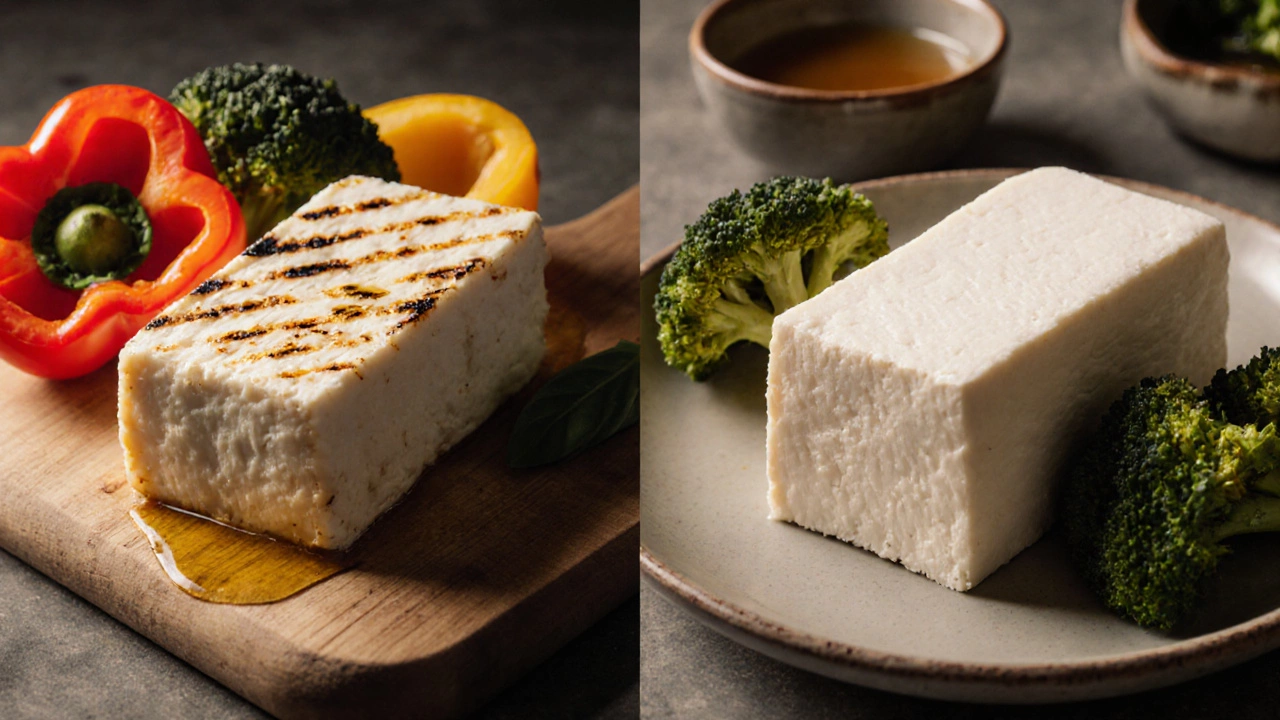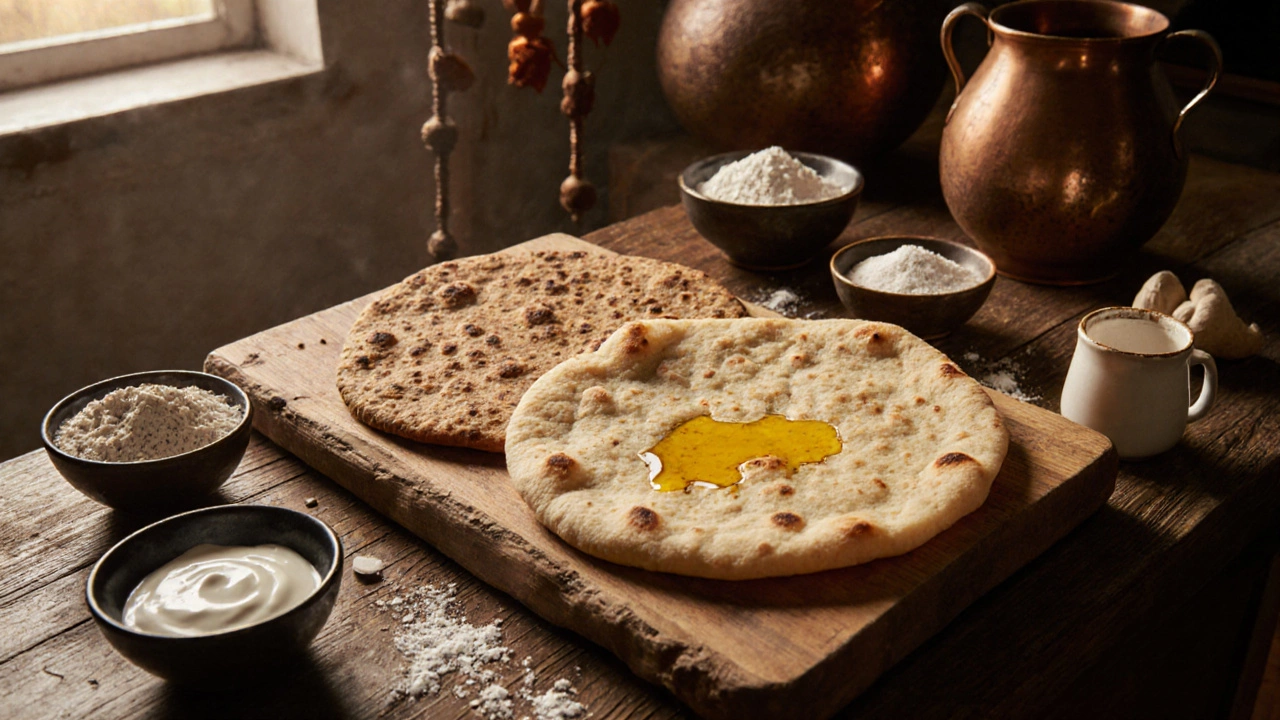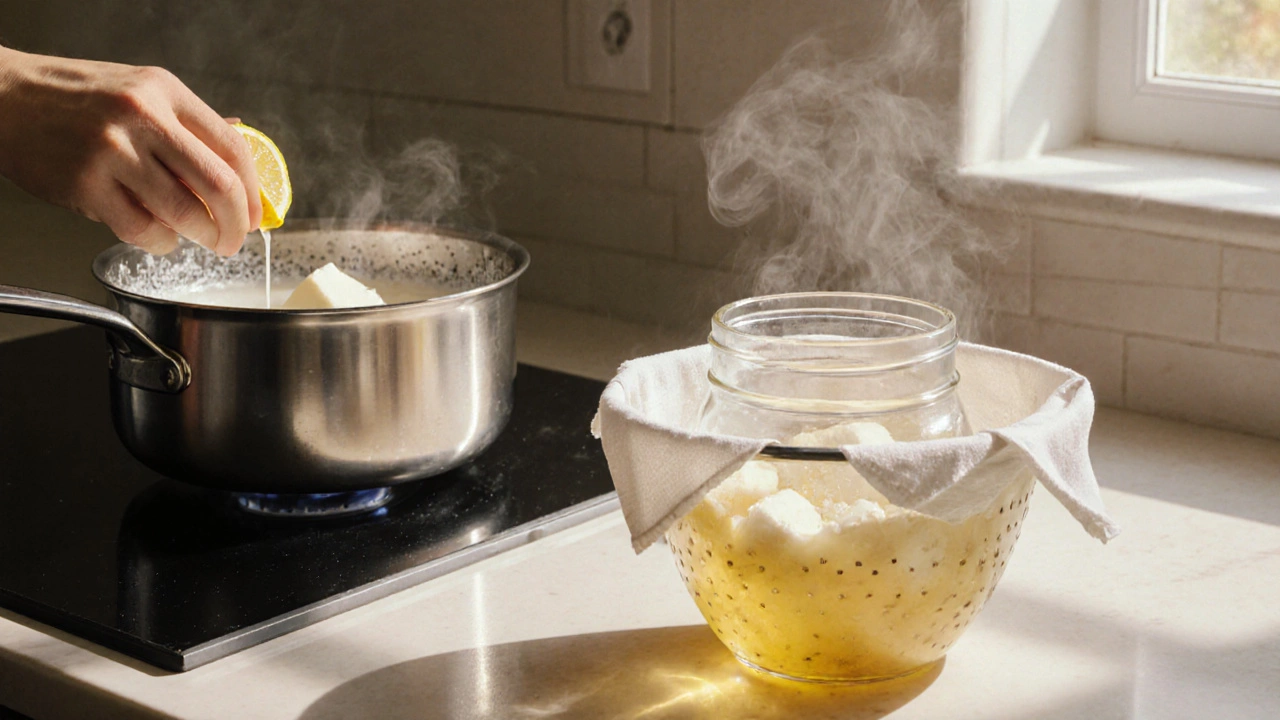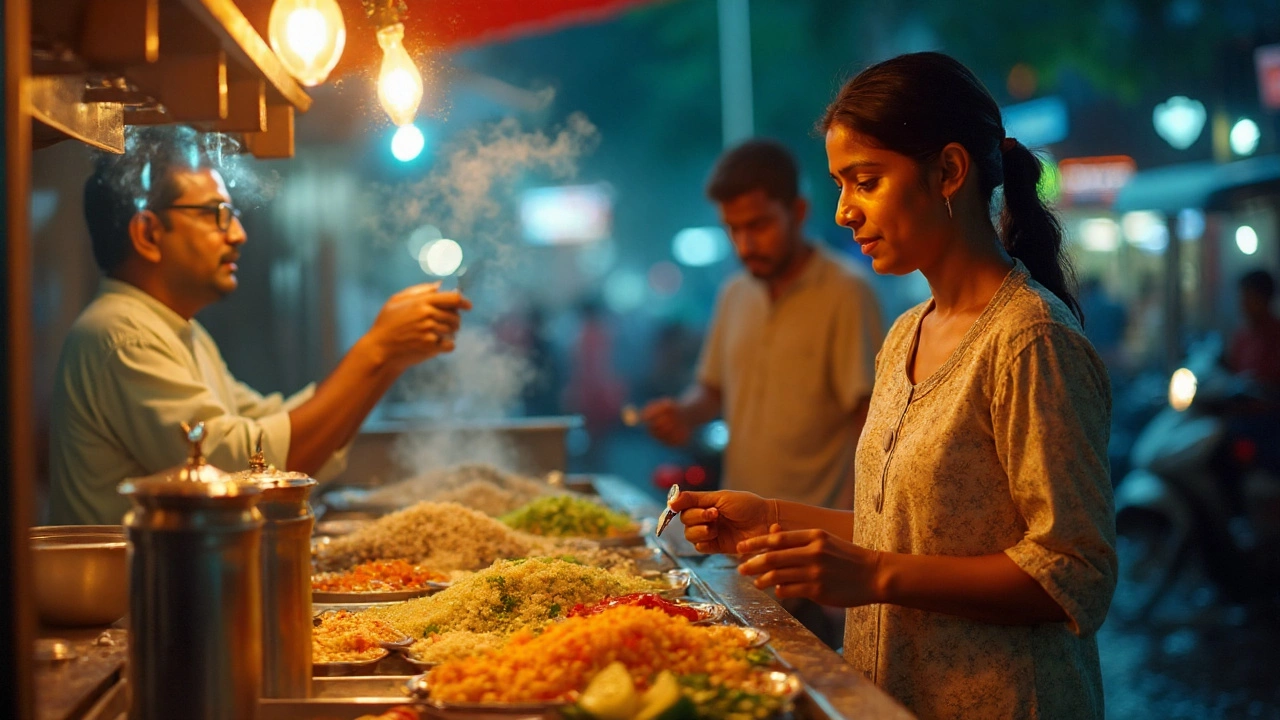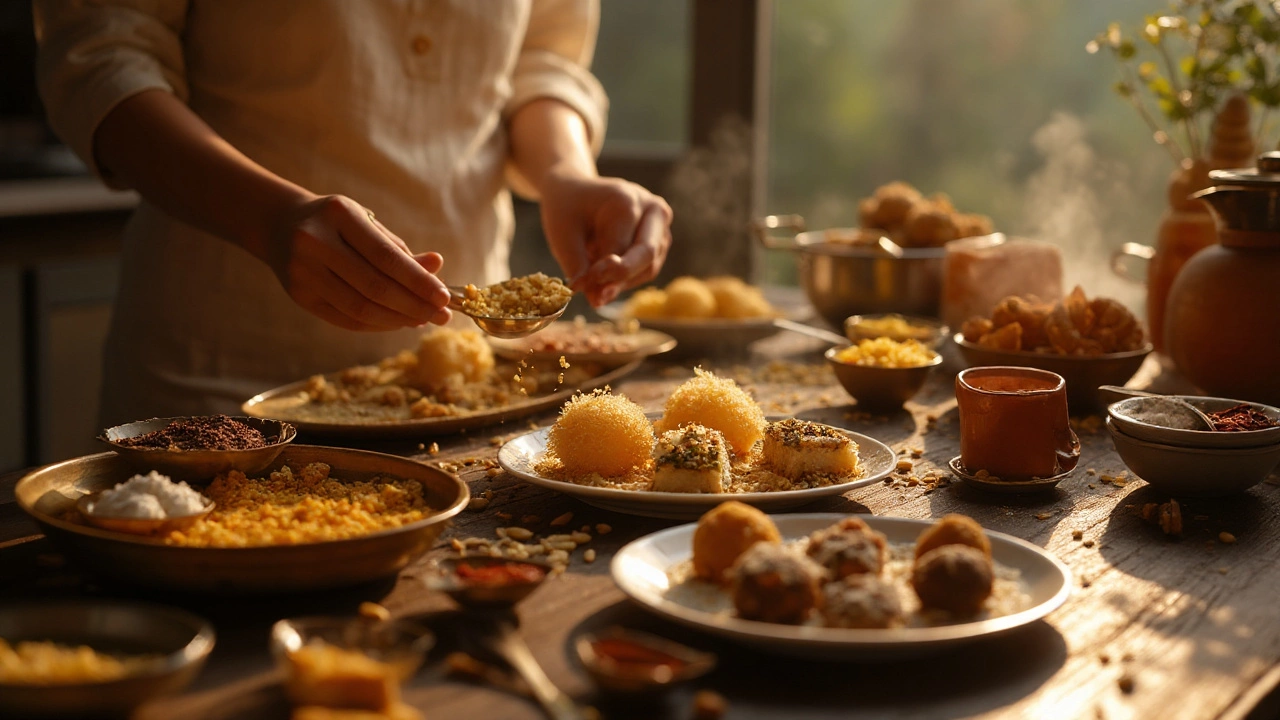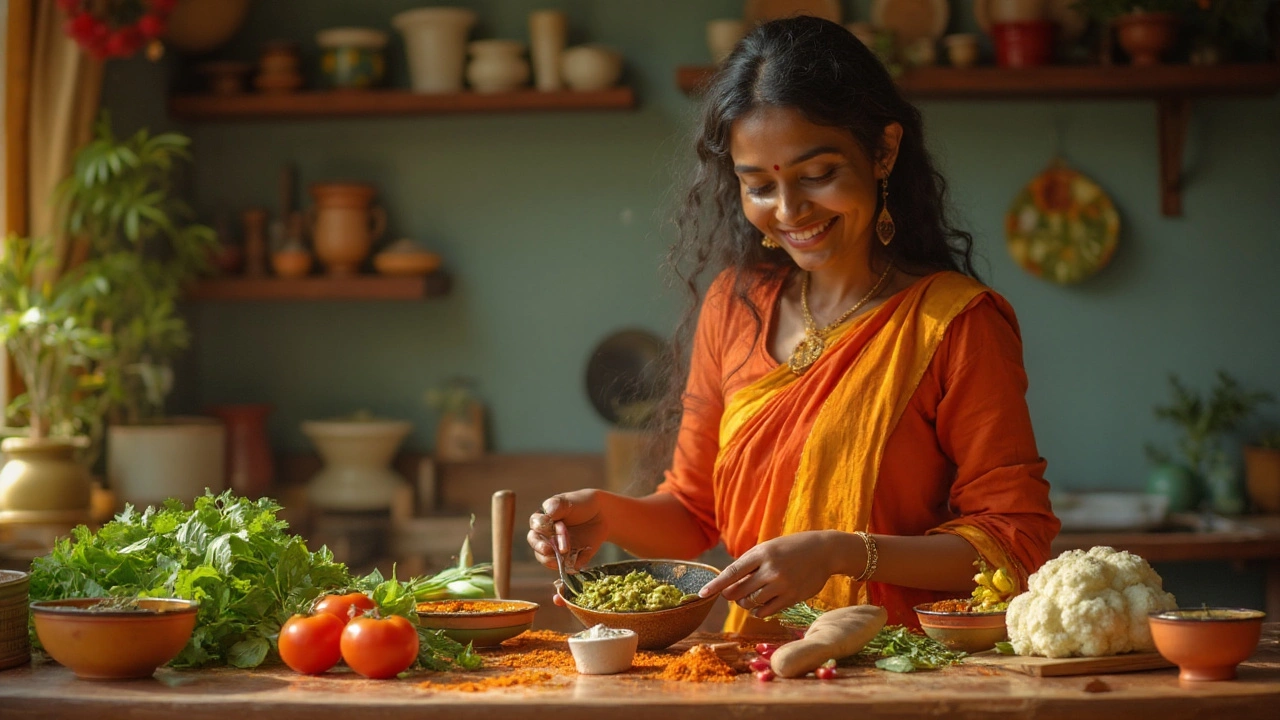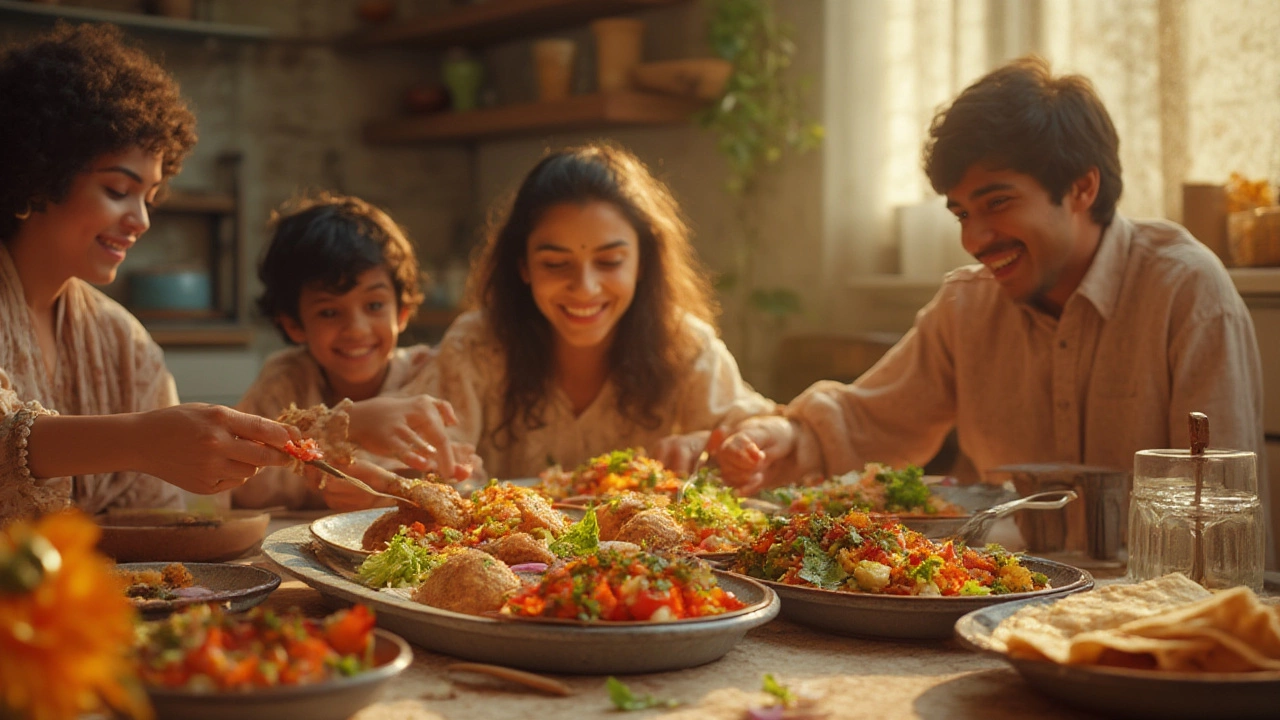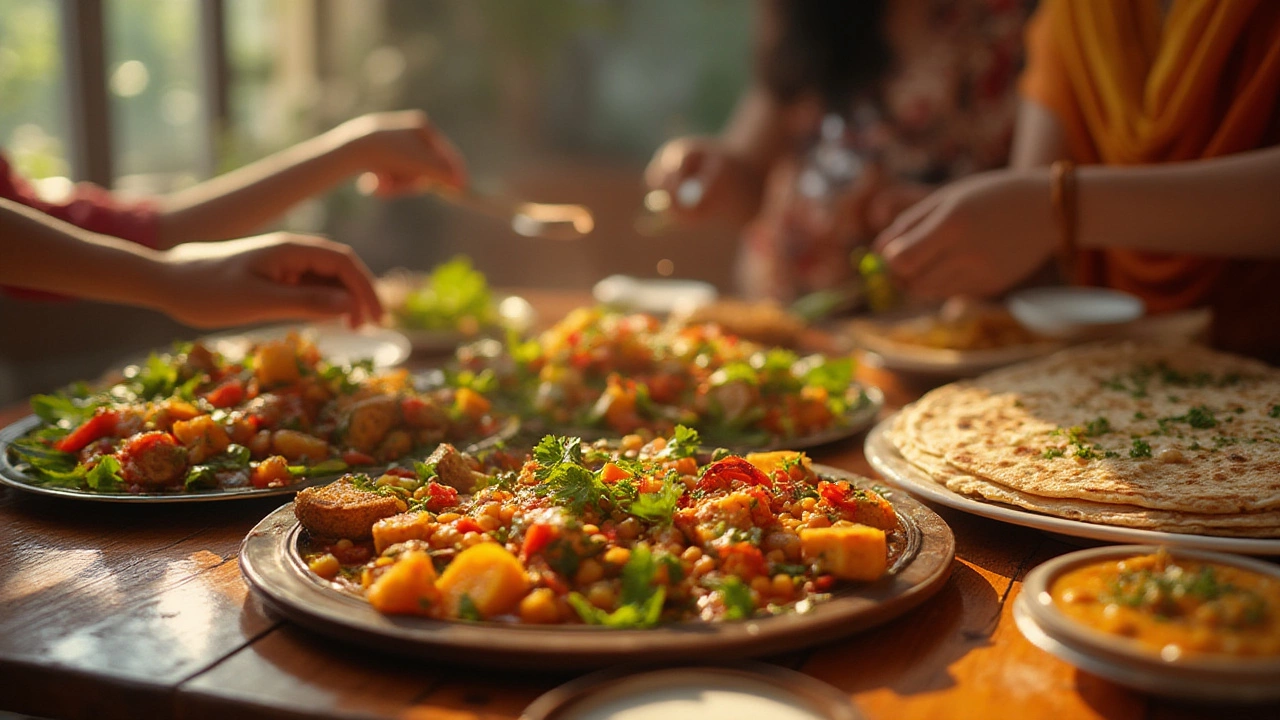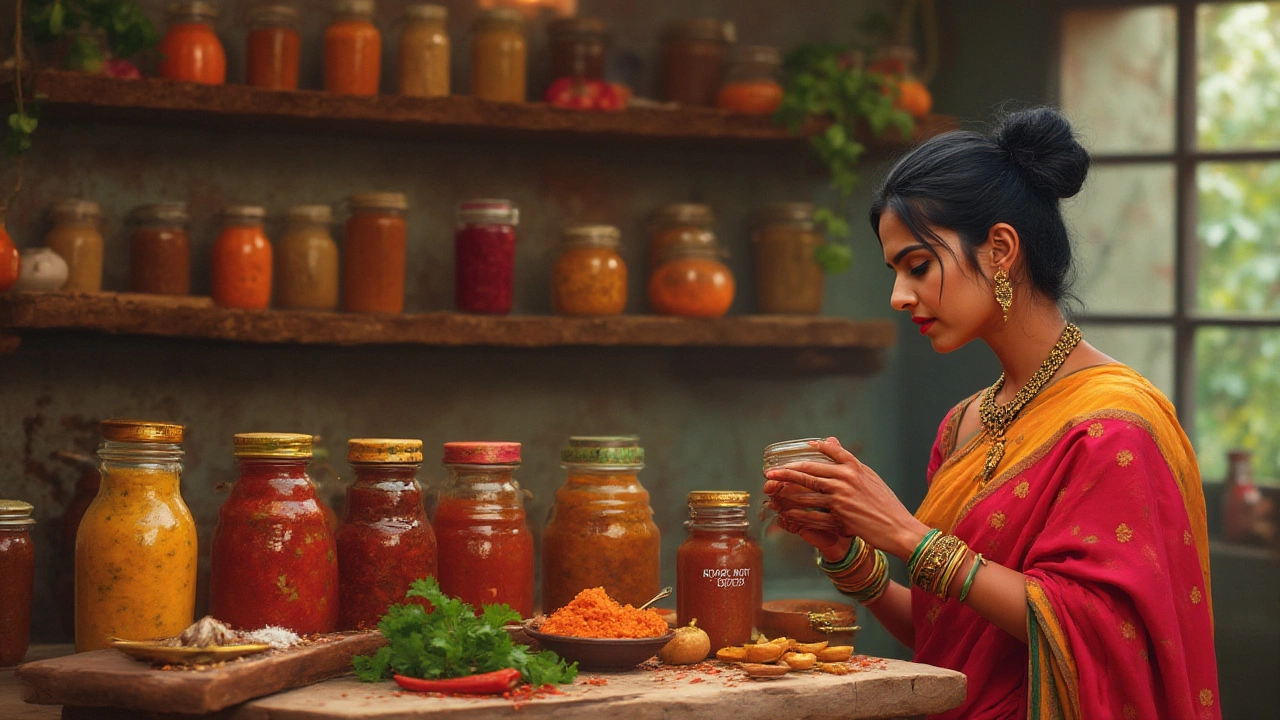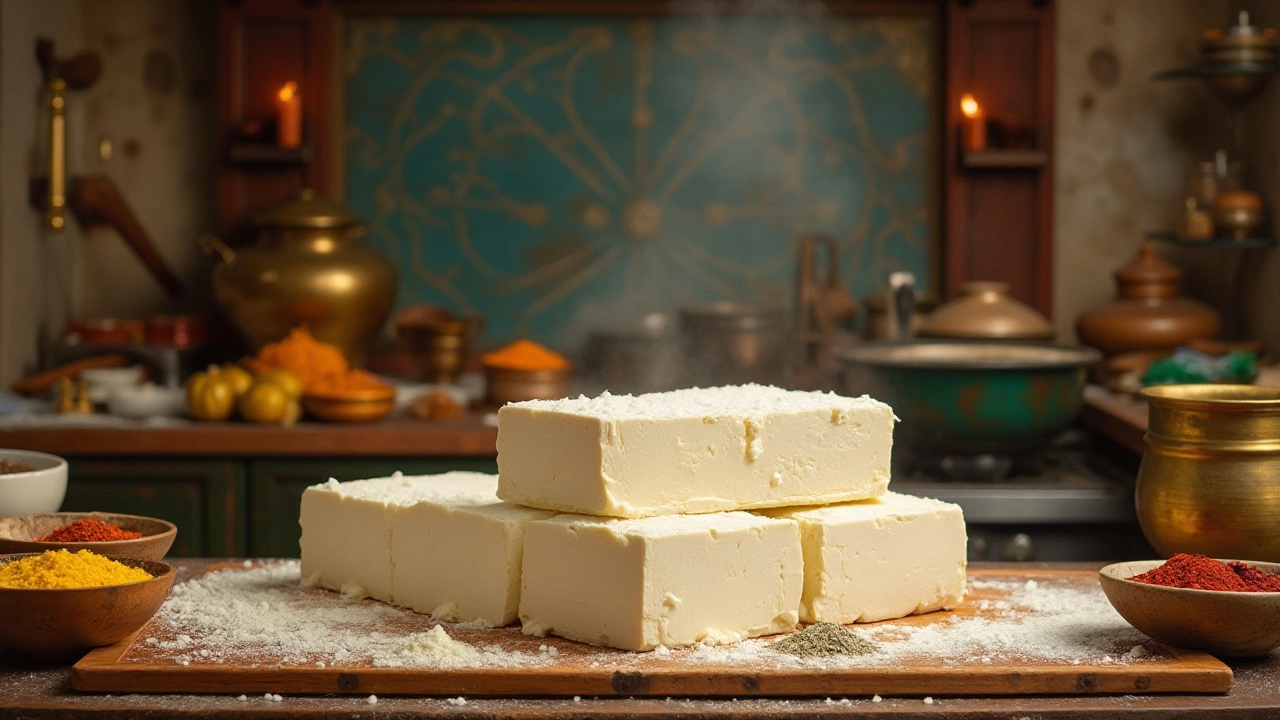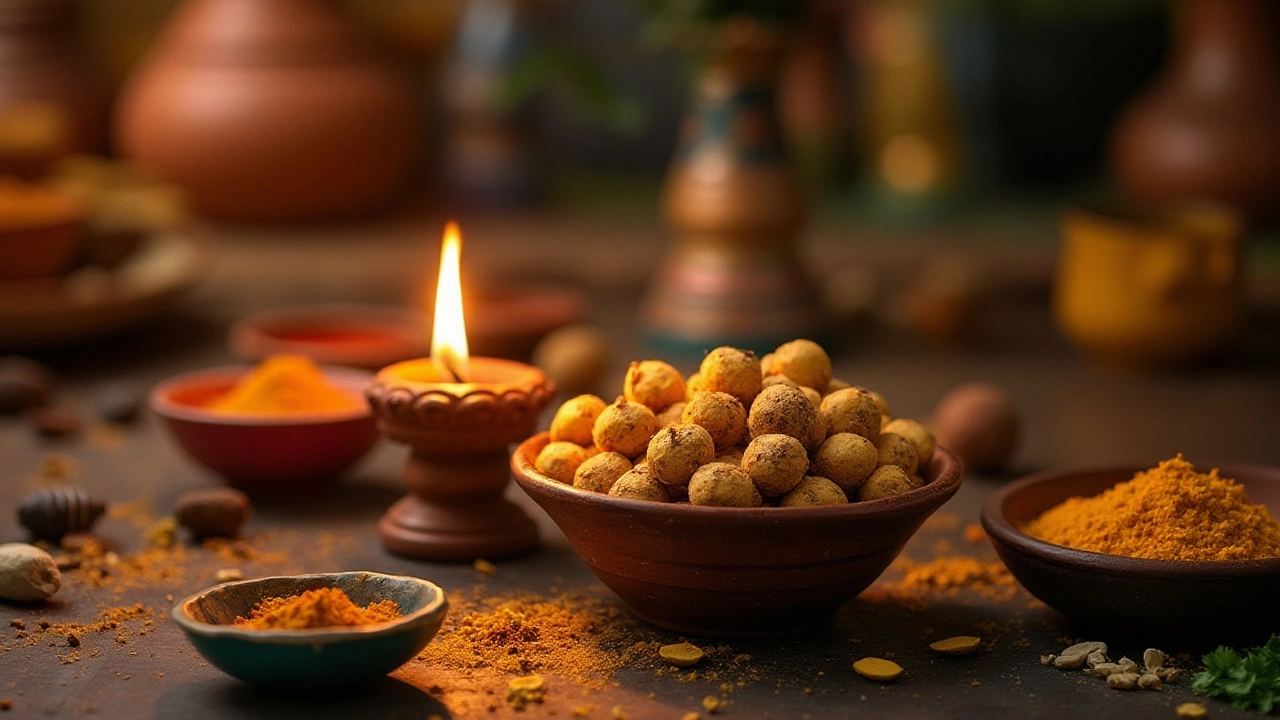Healthy Eating Indian Style: Simple Tips for a Fit Kitchen
Ever wonder how to enjoy Indian flavors while keeping the calories in check? You don’t have to give up the spices you love. Small tweaks in portion size, ingredient swaps, and cooking methods can turn a heavy meal into a light, nutritious one. Let’s look at easy changes you can start today.
First, think about the dishes you order or cook most often. Classic items like tandoori chicken, mixed veg curry, or samosa‑style snacks can be tweaked. Use lean cuts, grill instead of deep‑fry, and add plenty of veggies. This cuts fat without sacrificing the smoky taste that makes tandoori a favorite, and it’s safe for diabetics when you watch the carbs.
Smart Swaps for Everyday Meals
If you crave a quick bite, choose snacks that keep you full longer. Swap regular potato chips for roasted makhana or roasted chickpeas seasoned with cumin and curry leaves. These alternatives deliver crunch, protein, and fiber, helping you avoid the sugar crash that comes from traditional junk food.
When it comes to sweets, Indian desserts don’t have to be off‑limits. Opt for jaggery‑sweetened kheer or fruit‑based payasam instead of deep‑fried gulab jamun. Keep the portion to a small bowl and enjoy the natural sweetness. This lowers the glycemic load and still satisfies your sweet tooth.
Paneer is a protein powerhouse, but daily homemade paneer can add extra saturated fat and calories. Try mixing paneer with low‑fat curd or using tofu in curries to keep the texture while cutting down on fat. If you notice stomach discomfort after paneer, it could be lactose intolerance—switching to a lighter cheese or a lactose‑free version can help.
Low‑Calorie Indian Snacks You’ll Love
Late‑night cravings often lead to unhealthy choices. Instead, reach for a handful of spiced lentil chaat or a small bowl of mixed vegetable upma. Both are easy to prepare, low in calories, and high in fiber, which keeps you satisfied until morning.
Chutney adds zing to any meal, but store‑bought versions may hide sugar, preservatives, and excess oil. Making chutney at home with fresh herbs, minimal oil, and a splash of lemon juice gives you control over the ingredients and avoids hidden calories.
Dining out? Look for menu items that highlight grilled, steamed, or baked preparations. Ask for sauces on the side and choose whole‑grain roti over naan. These simple requests let you enjoy restaurant flavors while staying within your calorie budget.
Finally, remember that healthy eating isn’t about strict rules; it’s about balance. Pair a small serving of a rich curry with a large salad or a side of sautéed greens. The veggies add volume and nutrients, letting you enjoy the curry’s taste without overeating.
With these practical tips, you can keep the heart of Indian cuisine alive in your kitchen and still meet your health goals. Try one swap this week and feel the difference—your taste buds and your waistline will thank you.
Is Paneer Better Than Tofu for Weight Loss? Protein, Calories, and Real Results Compared
Paneer and tofu both support weight loss, but paneer has more protein and keeps you fuller longer. Tofu is lower in calories but needs careful prep to avoid hidden fats. Here's how to choose based on your goals.
Roti vs Naan: Which Is Healthier?
Discover which Indian flatbread-roti or naan-is healthier. Compare ingredients, nutrition, and smart cooking tips to make the best choice for your diet.
Can You Drink Whey from Paneer? Health Benefits, Risks & Tips
Explore whether drinking whey from paneer is safe and beneficial, covering nutrition, health pros, risks, preparation tips, and tasty ways to incorporate it.
What Is the Healthiest Junk Food? Smart Picks, Portions, and Swaps (2025 Guide)
Craving crunch or chocolate? See the healthiest junk food picks, portion sizes, sodium and sugar limits, and savvy drive‑thru swaps you can actually use today.
Which Indian Sweet Is Healthy? Best Choices, Portions, and Smart Swaps
Wondering which Indian sweet is healthy? See the best picks, portion sizes, nutrition table, and quick healthier recipes. Simple, evidence-backed, and practical.
Best Indian Curries for Weight Loss: Healthy Choices & Expert Tips
Explore which Indian curries can help with weight loss, get practical tips, ingredient guides, and smart swaps to enjoy Indian food while staying healthy.
Is Tandoori Chicken Safe for Diabetics? Nutrition and Healthy Tips
Wondering if diabetics can eat tandoori chicken? Learn about its nutritional facts, healthy preparation, and how it fits into a diabetes-friendly Indian diet.
Healthiest Indian Food to Order: Nutritious Choices from Indian Cuisine
Discover the healthiest Indian food to order at restaurants, with insider tips on nutritious, low-calorie, and wholesome Indian dishes. Eat well without missing out on flavor.
Disadvantages of Chutney: Health Risks, Preservation Issues & Hidden Downsides
Unpacking lesser-known disadvantages of chutney, from health risks and additives to allergies and preservation mistakes. Discover the facts and tips to stay safe.
Healthy and Filling Indian Snacks: Tasty and Nutritious Options
In the rich tapestry of Indian snacks, finding options that are both filling and healthy is an achievable and delightful endeavor. This article explores popular and traditional Indian snacks that offer nutritional benefits without compromising on taste. From protein-packed lentil mixtures to fiber-rich vegetable treats, discover how to make smart snacking choices. Enjoy recipes and tips that will help you strike the perfect balance between satisfying hunger and nurturing your body. Embrace the diverse flavors and textures that Indian snacks bring to your healthy lifestyle.
Understanding the Downsides of Consuming Homemade Paneer Daily
Paneer, a fresh cheese common in Indian cuisine, is a popular choice for its creamy texture and high protein content. While delightful and versatile, eating paneer every day might not be the best idea for some people's diets. Regular consumption can pose challenges such as increased calorie intake, high levels of saturated fat, and potential digestive issues. Understanding these downsides can help you make more informed dietary choices when including paneer in your meals.
Healthy Indian Snacks for Late-Night Cravings
Exploring the world of Indian cuisine uncovers a range of healthy snacks that are perfect for late-night nibbling. This article delves into what makes these snacks fit for nighttime cravings while also being mindful of health. Delve into options like roasted makhana and spiced lentil chaat, which are not only quick to prepare but also pack a nutritional punch. Discover the benefits of choosing wisely when your appetite awakens post-dinner. Tips for portion control and mindful eating round out the guide to healthy late-night snacking.
